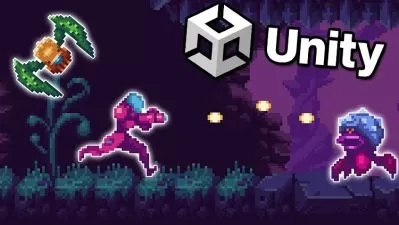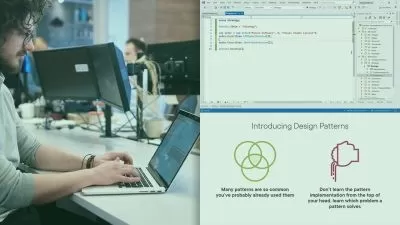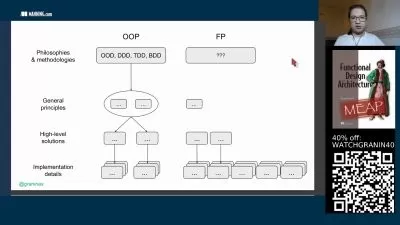Making Your C# 6 Code More Object-oriented
Zoran Horvat
7:04:10
Description
This course will help leverage your conceptual understanding to produce proper object-oriented code, where objects will completely replace procedural code for the sake of flexibility and maintainability.
What You'll Learn?
Programmers do have conceptual understanding of OO concepts, but often fail to turn that into a proper object-oriented code. In this course, Making Your C# 6 Code More Object-oriented, you'll learn how to create proper object-oriented code. First, you'll learn how to avoid branching and looping. Next, you'll learn how to avoid Boolean expressions. Finally, you'll learn how to make domain logic implementation dynamic and configurable. By the end of this course, you'll be able to recognize your own error of the past and build more correct coding style.
More details
User Reviews
Rating
Zoran Horvat
Instructor's Courses
Pluralsight
View courses Pluralsight- language english
- Training sessions 85
- duration 7:04:10
- level average
- English subtitles has
- Release Date 2023/12/15
















